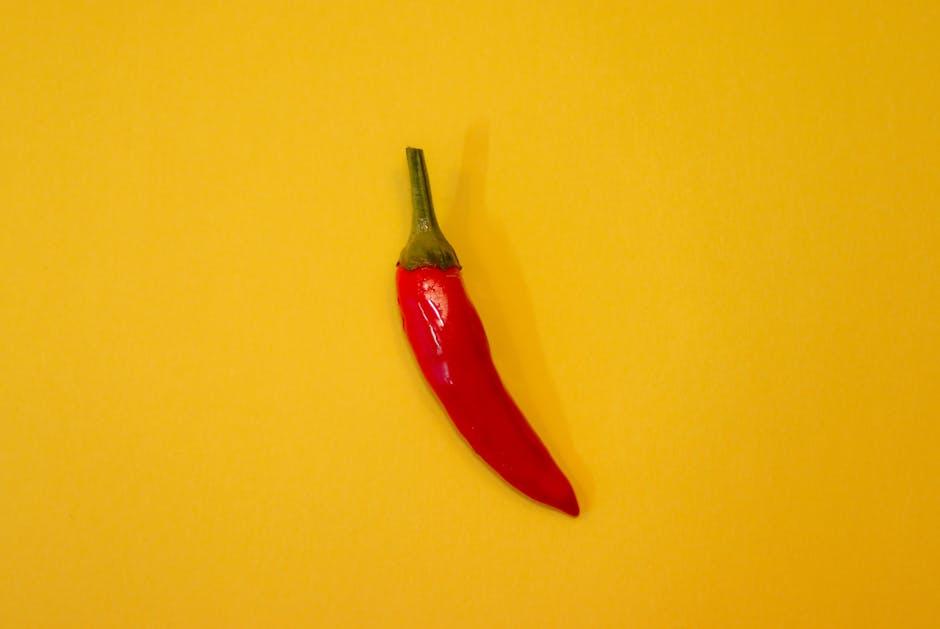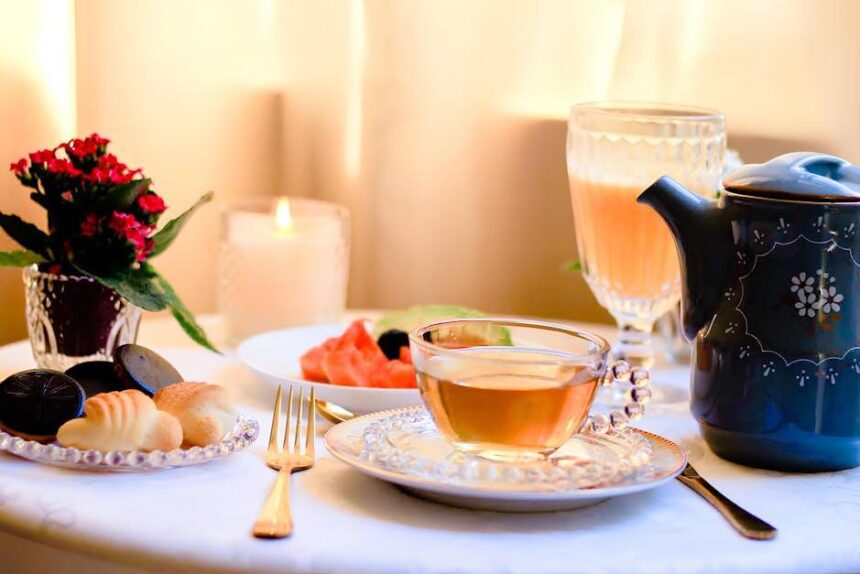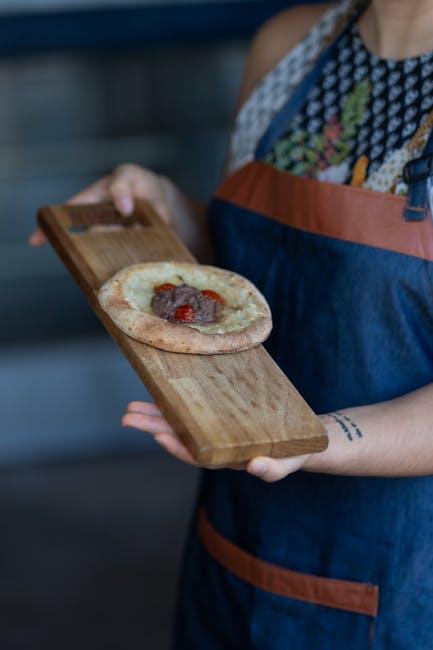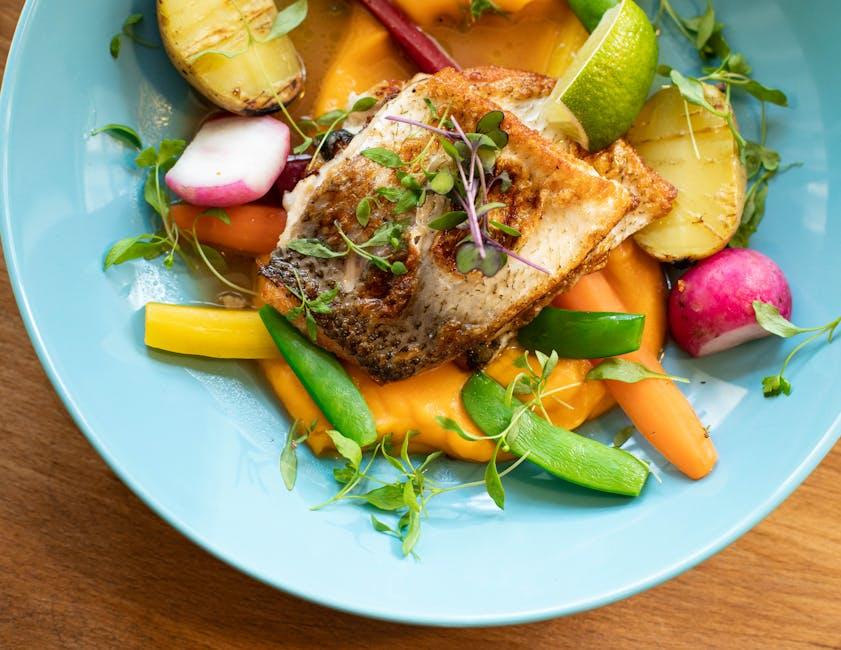In the world of culinary arts, food is much more than just nourishment-it is a vibrant palette that can stir the soul before a single bite touches the tongue. The colors we choose on our plates have the power to evoke emotions, spark memories, and even influence our appetite and mood. Cooking with colors is an artful dance between taste and sensation, where every hue plays a subtle role in shaping the dining experience. This exploration delves into how the thoughtful use of color in cooking can impact emotion, transforming meals into multisensory journeys that nourish both body and mind.
The Psychology of Color in Culinary Arts

Color has a profound effect on how we perceive food, triggering emotional responses that can enhance or diminish the dining experience. Warm hues like reds, oranges, and yellows are known to stimulate appetite and create feelings of excitement and comfort. In contrast, cooler colors such as blues and greens evoke calmness and freshness, often associated with health and tranquility. Chefs harness these psychological cues not only to make dishes more visually appealing but also to subtly guide the mood of diners. Understanding the emotional connections to color enables culinary artists to craft experiences that engage both the palate and the senses.
When planning a menu or plating, consider how colors can influence emotions and expectations. Here are key color effects in culinary presentation:
- Red: Energizing and appetite-stimulating, enhances richness in sauces and meats.
- Yellow: Cheerful and inviting, perfect for breakfast dishes and light pastries.
- Green: Suggests freshness and health, ideal for salads and vegetarian options.
- Blue: Rare in foods naturally, often perceived as unappetizing, but effective for calming and unique designs.
- Orange: Warm and vibrant, often linked to warmth and comfort foods.
| Color | Emotion Triggered | Common Food Uses |
|---|---|---|
| Red | Excitement & Hunger | Tomatoes, berries, spices |
| Green | Calm & Freshness | Leafy greens, herbs, avocados |
| Yellow | Happiness & Warmth | Corn, lemons, turmeric |
| Blue | Tranquil & Rare | Blueberries, edible flowers |
How Vibrant Ingredients Influence Mood and Appetite

Colors do more than make food visually appealing-they actively engage our emotions and influence how we experience hunger. Bright, vibrant ingredients like red bell peppers, golden carrots, and deep green spinach are rich in phytonutrients that stimulate the senses and revive the palate. When your plate is painted with these lively hues, it sparks excitement and curiosity, boosting overall mood and making meals feel more satisfying. This sensory uplift can even enhance digestion by awakening anticipation and encouraging mindful eating.
Incorporating a spectrum of colorful foods can also subtly guide your appetite and energy levels throughout the day. Warm tones like orange and yellow invoke feelings of happiness and energy, making them perfect for breakfast choices, while cool blues and purples tend to calm and soothe, ideal for evening meals. Here’s a quick guide to see how different colors might influence your emotions and cravings:
| Color | Emotional Effect | Example Foods |
|---|---|---|
| Red | Stimulates appetite & energy | Tomatoes, strawberries, red peppers |
| Orange | Invites warmth & cheerfulness | Carrots, oranges, sweet potatoes |
| Green | Promotes balance & renewal | Spinach, kale, green beans |
| Purple | Encourages calm & creativity | Eggplant, blueberries, purple cabbage |
Balancing Hues for an Emotionally Impactful Dish

Colors on a plate do more than just please the eye-they communicate emotion and set the tone for the dining experience. When crafting a meal, think of your ingredients as a palette where each hue contributes a unique feeling. Warm colors like reds and oranges can evoke excitement and appetite, while cool blues and greens tend to calm and refresh. By intentionally blending these tones, you create a visual composition that resonates emotionally with your guests even before the first bite.
To achieve this balance, consider the following elements:
- Contrast: Pair vivid colors like bright yellow chickpeas against deep purple eggplants for a dynamic look.
- Harmony: Use analogous colors such as orange carrots with red tomatoes to evoke warmth and unity.
- Texture & Shine: A glossy glaze or rough crumb can highlight the colors, deepening their emotional impact.
| Color | Emotion | Example Ingredient |
|---|---|---|
| Red | Passion, Energy | Cherry Tomatoes |
| Green | Calm, Freshness | Spinach |
| Yellow | Joy, Warmth | Yellow Peppers |
| Purple | Luxury, Mystery | Beets |
Practical Tips for Incorporating Colorful Foods into Your Cooking
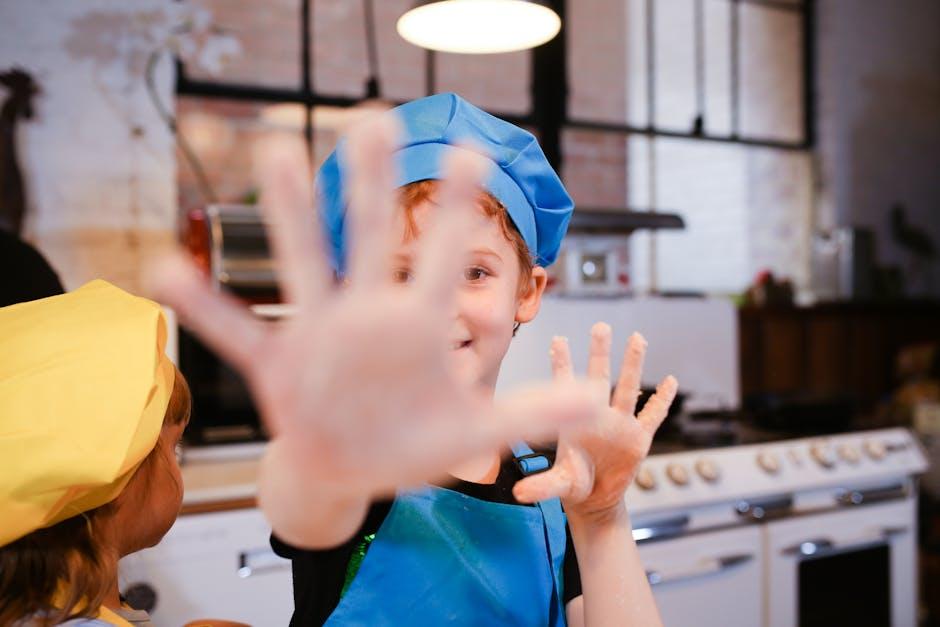
Embracing the vibrant spectrum of fruits and vegetables not only enlivens your dishes but also enhances the emotional impact of your meals. Start by incorporating a rainbow of colors on your plate: juicy red strawberries, bright orange carrots, verdant kale, deep purple beets, and sunny yellow peppers. These colors are more than just eye candy-they each carry unique antioxidants and nutrients that can uplift mood and energy. To easily integrate these into your daily cooking, experiment with simple swaps like using spiralized purple cabbage instead of iceberg lettuce or blending in a handful of spinach in your morning smoothie. For a quick boost, toss colorful roasted veggies or a fresh salsa made with diced tomatoes, mango, and red onion onto your favorite dishes.
- Mix textures: Pair crunchy, brightly colored nuts like pistachios or almonds with creamy ingredients like avocado or hummus for a sensory delight.
- Play with plating: Use colorful garnishes such as edible flowers or microgreens to add emotions of freshness and delight.
- Use natural dyes: Infuse your dishes with color naturally by adding turmeric for golden hues, beet powder for pops of magenta, or matcha for vivid green.
| Color | Food | Emotional Benefit |
|---|---|---|
| Red | Chili Peppers | Energy & Passion |
| Orange | Sweet Potatoes | Warmth & Comfort |
| Green | Kale | Calm & Renewal |
| Purple | Eggplant | Creativity & Mystery |
| Yellow | Yellow Bell Peppers | Happiness & Optimism |
Concluding Remarks
In the vibrant world of cooking, colors are far more than mere visual garnish-they are powerful storytellers of mood and memory. By thoughtfully blending hues on the plate, chefs and home cooks alike can subtly influence emotions, transforming a simple meal into an immersive experience. As we continue to explore this colorful language of food, we unlock new ways to nourish not just the body, but the spirit, reminding us that the essence of cooking lies as much in feeling as in flavor.
